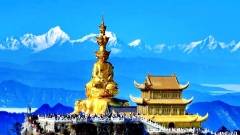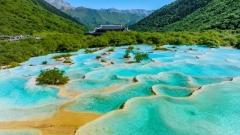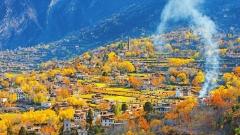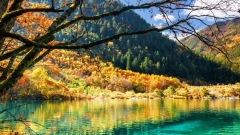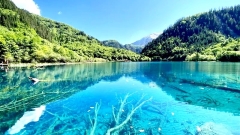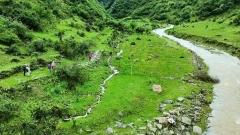Mount Emei in Sichuan Province, known as “The Most Graceful Mountain under Heaven,” is one of China’s Four Sacred Buddhist Mountains. It is also a UNESCO World Heritage Site and a National 5A Tourist Attraction. For travelers planning a trip to Mount Emei, one of the most frequently asked questions is:
How high is Mount Emei? Is the altitude too much? Can I climb it?
This article will take you through everything you need to know about Mount Emei’s elevation changes, vertical landscape zones, hiking experiences, transportation options, and high-altitude travel tips—helping you plan scientifically and enjoy a peaceful journey from lush forests to the sea of clouds at the Golden Summit.
Mount Emei Elevation Overview: From 500m to Over 3,000m
Mount Emei features a dramatic elevation range, with a vertical difference of more than 2,700 meters between the base and the summit—something quite rare among China’s famous mountains.
| Location | Elevation (Approx.) |
| Baoguo Temple (base) | 540 meters |
| Qingyin Pavilion | 710 meters |
| Wannian Temple | 1,020 meters |
| Jieyin Hall (transfer station) | 2,070 meters |
| Golden Summit (Wanfo Summit) | 3,099 meters |
From Baoguo Temple at the mountain’s foot to the Golden Summit, you’ll traverse nearly 2,550 meters in elevation—like walking through a vertical museum of ecology and spirituality.
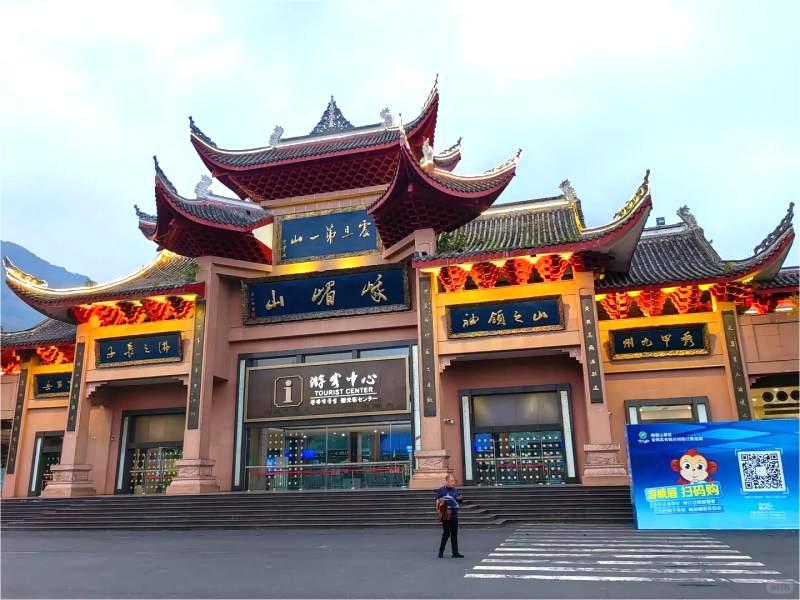
Mount Emei
Altitude and Landscape: A Vertical World of Scenic Wonders
Mount Emei is home to a complete vertical ecosystem, ranging from subtropical lowlands to alpine subfrigid zones. As you ascend, the landscape transforms dramatically:
- 500–1,000 meters: Tranquil Forests & Cultural Temples
Sites like Baoguo Temple, Fuhu Temple, Qingyin Pavilion, and Hongchunping are in the low-altitude zone.
Mild climate, lush vegetation, and year-round mist make it a “natural oxygen bar.”
Ideal for beginners or a relaxing half-day tour.
- 1,000–2,000 meters: Mountain Forests & Ancient Monasteries
Key sites include Wannian Temple, White Dragon Cave, and Elephant Washing Pool.
A beautiful mix of nature and Buddhism, with rhododendrons in spring and fiery red leaves in autumn.
Mild temperatures make this zone perfect for trekking.
- 2,000–3,099 meters: Alpine Meadows & Snowy Summit
Jieyin Hall, Leidongping, and Golden Summit lie in this high-altitude region.
Winter brings snow and frost; temperatures drop significantly.
Home to Emei’s most iconic sights: sunrise at Golden Summit, sea of clouds, the golden hall, and the colossal statue of Samantabhadra Bodhisattva.
“Sunrise at Golden Summit” and “Buddha’s Light in the Clouds” are bucket-list experiences for many visitors.
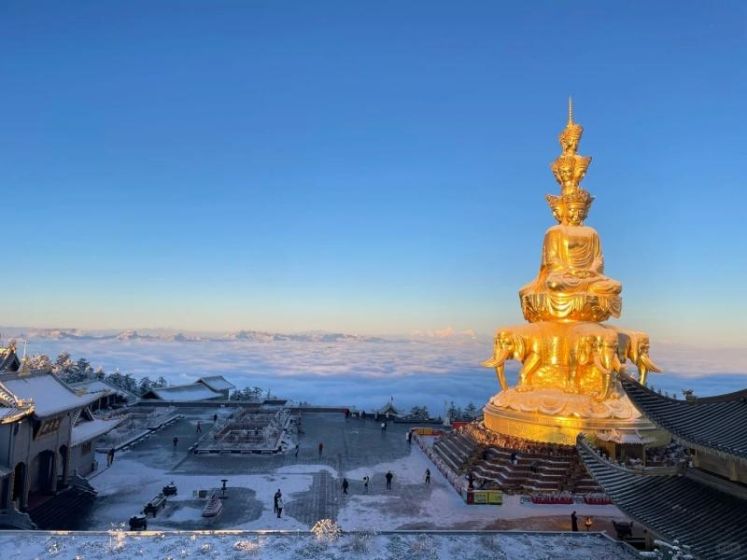
Mount Emei Golden Summit
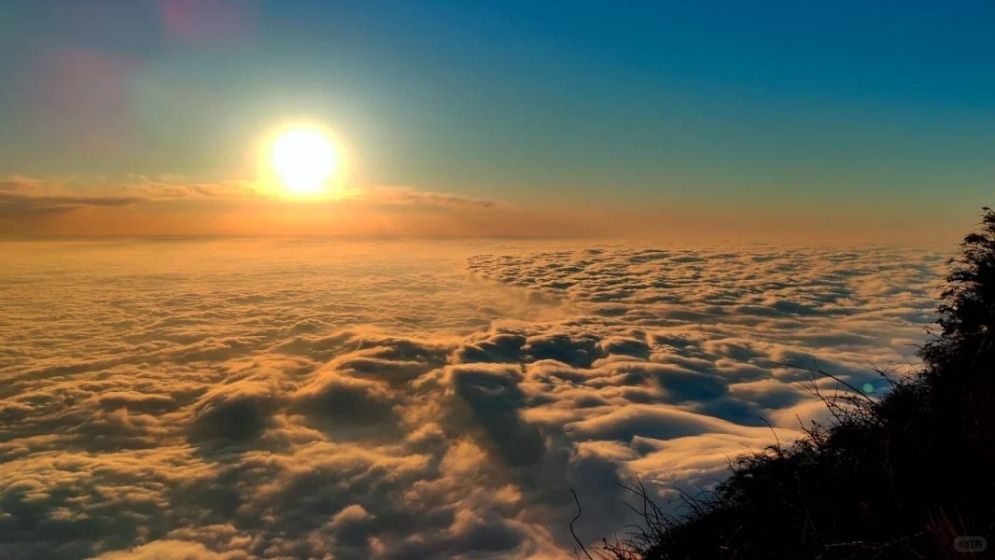
Mount Emei sunrise and sea of clouds
Recommended Routes by Elevation and Travel Style
Depending on your physical ability, time, and interest, you can choose from three main travel styles:
1.Leisure Route: Bus + Cable Car for a Relaxed Ascent
Route: Baoguo Temple → Wannian Temple → Jieyin Hall → Leidongping → Golden Summit
Mostly by shuttle bus and cable car, with minimal walking.
Ideal for seniors, families with children, or those short on time.
Recommended Duration: 1 day
2. Hiking Route: Step-by-Step through Changing Landscapes
Route: Qingyin Pavilion → One Line Sky → Jiuling Hill → Xianfeng Temple → Jieyin Hall → Leidongping → Golden Summit
Hike from about 700m to 2,000m, then take the cable car up.
A good mix of adventure and safety for active travelers.
Recommended Duration: 2 days
3.Pilgrimage Route: Traditional Buddhist Trail
Start from Baoguo Temple and walk all the way to the Golden Summit.
Popular among devout Buddhists.
Involves continuous climbing with many temples and cliff carvings along the way.
Recommended Duration: 2–3 days
Tips for Visiting the High-Altitude Zones of Mount Emei
While the Golden Summit reaches over 3,000 meters, Mount Emei is not classified as a high-altitude (hypoxic) zone like Tibet or Qinghai.
Most visitors do not experience severe altitude sickness.
However, due to lower temperatures and thinner air, it’s best to take precautions:
| Aspect | Advice |
| Clothing | Summer gear for the base, down jackets or windbreakers for the summit |
| Health | People with heart disease or high blood pressure should avoid rapid ascents |
| Food | Limited dining at the summit—carry snacks and a thermos with hot drinks |
| Safety | Watch for slippery paths during rain or snow; don’t run at windy view decks |
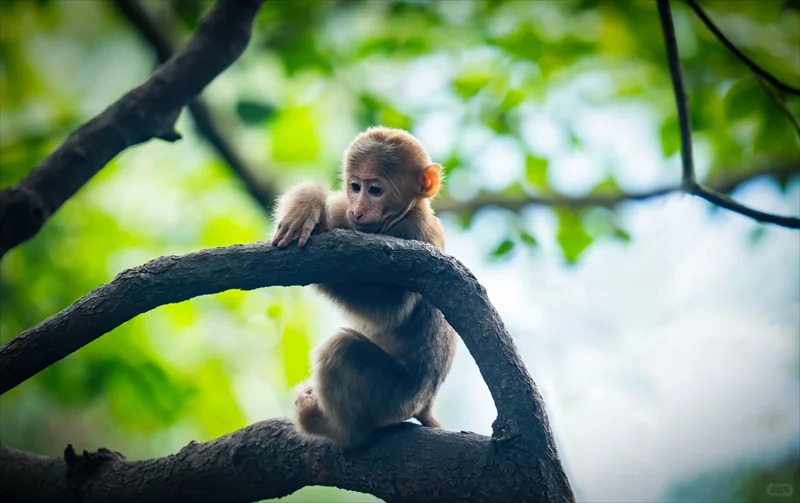
Monkeys in Mount Emei
Best Times to Visit Mount Emei
1.Spring & Autumn (Best seasons)
- Spring (March–May): Blooming rhododendrons, mild weather
- Autumn (September–November): Crimson leaves and clear skies; great for mountain views
2.Summer (Cool escape from the heat)
10°C cooler than the city; a popular summer retreat
Watch out for heavy fog or rain from June to August
3.Winter (Snow & serenity)
The Golden Summit often sees snow, frost, and ice sculptures
Stunning but slippery—wear anti-slip shoes and check road closures in advance
Recommended tourist routes
7-Day 6-Night Chengdu, Jiuzhaigou & Mount Emei Tour – Giant Pandas, Leshan Buddha & More
6. Practical Info: Transportation & Tickets
The scenic area is divided into low and high mountain zones, with separate or combo tickets.
From Chengdu East Railway Station, take a high-speed train (1.5 hours) to Emeishan Station, then transfer to the scenic bus.
Admission: General ticket ~CNY 160; Golden Summit round-trip cable car ~CNY 120
Accommodation tip: Stay near the mountain base or Qingyin Pavilion for an early start
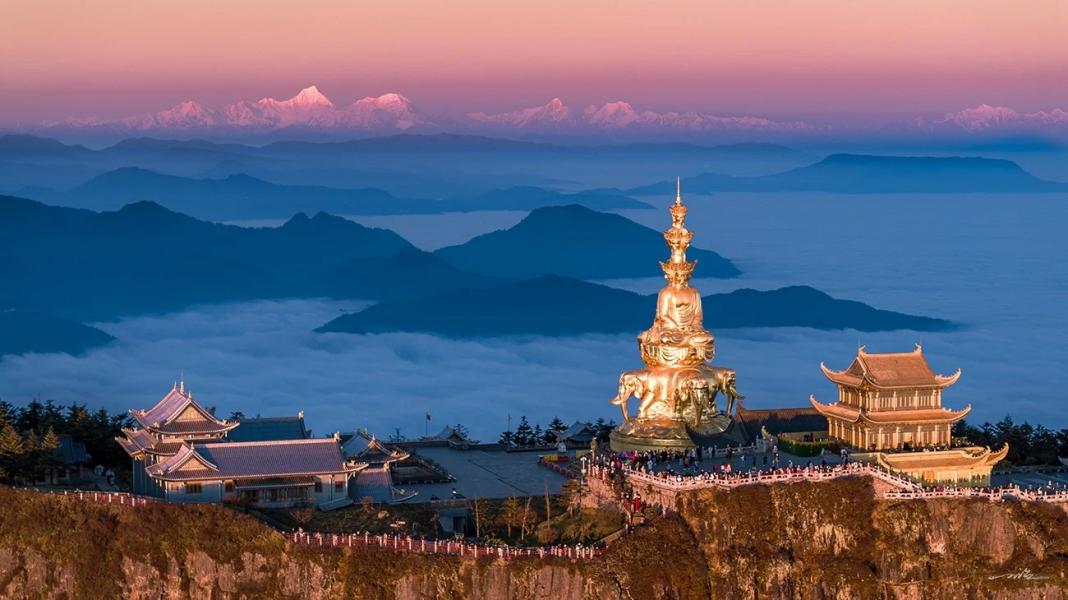
Mount Emei Golden Summit
Climb One Mountain, Experience Four Seasons — That’s Mount Emei
Mount Emei is not just about its 3,099-meter summit—it’s a journey through spiritual landscapes and ecological diversity. From misty monasteries at the base to the glistening peaks of the Golden Summit, every altitude offers a different world.
Whether you’re a photographer seeking the perfect shot of Buddha’s Light, a nature lover craving mountain trails, or a family traveler seeking serenity and scenery—Mount Emei has a path that fits your pace.
So next time you plan a getaway, consider looking beyond Tibet’s vast plateau—and toward the vertical grandeur of Mount Emei. Sometimes, an entire world fits into the rise of one mountain.




